Historical Photograph Collection
Welcome to the City and County of Honolulu’s Historic Photograph Collection. Explore our various galleries and get a glimpse of what Honolulu was like in the early Twentieth Century. This is a time when motor vehicles were just becoming popular, and methods of city planning were still being explored. Neighborhoods like Kaimukī were just being created, and some of the buildings that we consider landmarks today did not yet exist.
These galleries were created using photographs from the City’s permanent record collection, representing only a sample of the City’s holdings. Most photographs were taken to document some aspect of City improvement work, such as street widening and sewer construction. And although the photographs were intended as a method of documentation, the scenes they capture tell a unique story, one century later.
Browse each gallery, and click on any photo for a high resolution, close-up view. Mahalo.

Capital District and Downtown
Images of the Capital District and the general downtown area, 1920-1923, especially King Street, Queen Street and Kakaʻako. Featured are some of the landmark buildings that still exist today, such as Aliʻiolani Hale, the King David Kalākaua Building, ʻIolani Palace, and Kawaiahaʻo Church.
Other buildings, however, have long been destroyed, such as the small businesses that lined King Street and Queen Street, the Kakaʻako Mission building, and the elegant Pond’s Garage. Still others have yet to be built.
Beretania Street Widening
In 1930, plans were drawn to widen Beretania Street between Alapaʻi Street and Nuʻuanu Avenue, in order to accomodate increased traffic. In 1941, a photographic survey of the area was done of the properties affected by the widening of the street. This gallery consists of those photos.
Virtually none of the effected properties exist anymore; only St. Andrew’s Cathedral and the original fire station number 1 remain. Take a look at the bustling commercial district that Beretania Street once was. Included is a parcel map for this area showing the locations of the specific parcels pictured.


Improvement Projects
Road construction and improvement was as necessary in the early 1920s as it is today. These photographs, dated 1921-1925, document improvement projects in Honolulu, with emphasis on King Street, streets in Kaimukī, and some locations in the Ala Moana neighborhood.
Many of the photograhs in this gallery show the work done to create and maintain the street car lines that were built into the street to run the Honolulu Rapid Transit and Land Company street cars on. Also of note is the type of construction equipment then being used.
Kapālama Drainage Canal
In 1938, with financial assistance from the Federal Public Works Administration, the City and County of Honolulu built the Kapālama drainage canal in the ahupuaʻa of Kapālama. The canal was designed to control flooding, and freed up the adjacent land for development. The canal was built along the course of what was then Niuhelewai Stream, from the Honolulu Harbor to just makai of Houghtailing Street.
The photographs seen here document the building of the canal, including the original stream prior to construction, the construction of the canal itself, and Pālama neighborhood properties in the vicinity of the canal that were affected by the construction. Noteworthy are the construction and dredging equipment used, the original Dole Cannery with pineapple-shaped water tower, and the neighborhood shops lining North King Street. Also note how in some instances properties were split right down the middle in order to accomodate the new canal.


Old Kaimukī
Kaimukī was one of the first neighborhoods In Honolulu that was planned in a comprehensive manner. Development of the neighborhood occured over the very short time period between 1923 and 1925. View before-and-after shots of this development, for each specific street that was improved.
Some streets were simply paved, but many were created from scratch, transforming what was esentially wilderness into paved streets with gutters, curbs, and sidewalks. If you are familiar with Kaimukī, you might spot a familiar street here.

